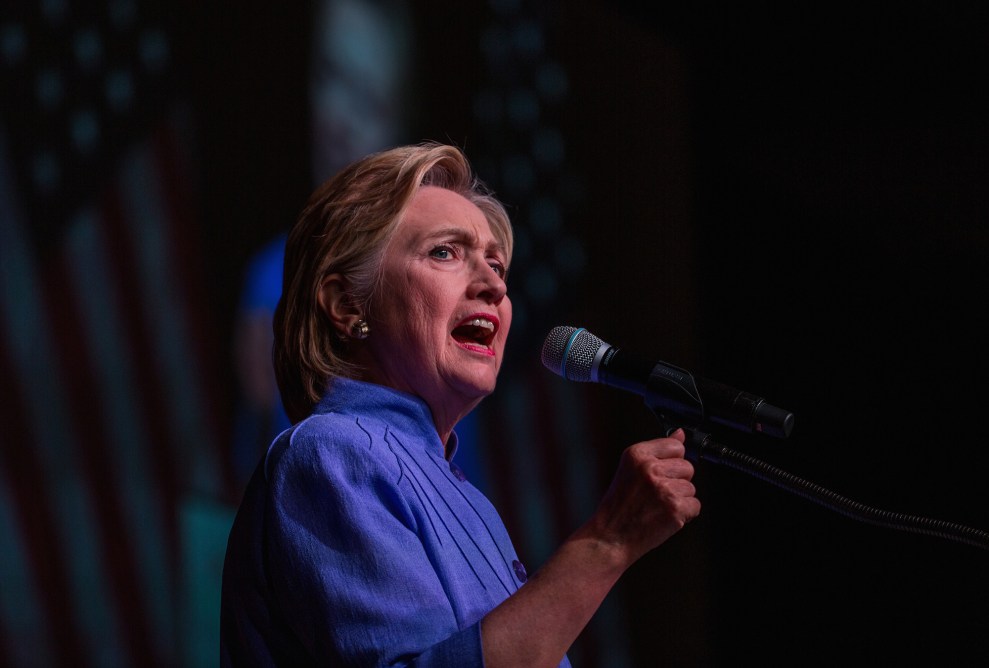
Mother Jones illustration; Shutterstock
This post was originally published as part of “The Trump Files”—a collection of telling episodes, strange but true stories, and curious scenes from the life of our current President—on July 15, 2016.
After a chartered helicopter crashed and killed three of Donald Trump’s top executives in October 1989, the real estate mogul was distraught. “These were three fabulous young men in the prime of their lives,” he said in a statement. “No better human beings ever existed. We are deeply saddened by this devastating tragedy, and our hearts go out to their families.” A few months later, Trump told New York magazine that the crash had shocked him, showing him “how short and fragile life is.” The event, he said, helped convince him he should leave his wife Ivana.
But did Trump cheat death that day? “Sources said Trump himself was scheduled to be on the flight but decided at the last minute he was too busy to leave New York,” United Press International reported the day following the tragedy. Other outlets reported the same claim from the Trump camp, including Long Island’s Newsday and the New York Daily News, which slapped the report on its cover.
At least one biographer, former Village Voice reporter Wayne Barrett, believed the claim was a PR stunt. In his book, Trump: The Greatest Show On Earth, Barrett wrote that Trump “did not hesitate to use [the crash] for personal advantage. He planted stories suggesting that he had almost boarded the chartered copter himself, though he’d never ridden to Atlantic City on one, trusting only his [personal] Puma [helicopter].”
And after the Daily News story about Trump’s close call appeared, one of his executives told the Associated Press it was false. “Trump had definitely never planned to be on it,” said Bernie Dillon, vice president of Trump Sports and Entertainment.
As BuzzFeed noted last year, Trump later walked back his claim that he was supposed to be on the flight. He described it instead as a fleeting idea he had as the executives left his office. “As quickly as the idea had popped into my mind, I decided not to go,” he said in Surviving at the Top, his 1990 book.















